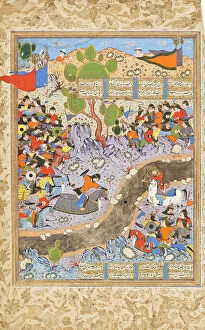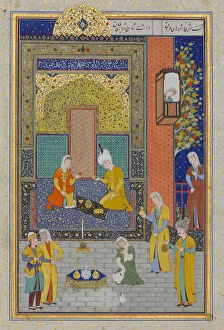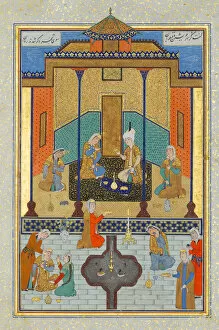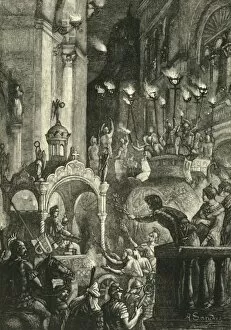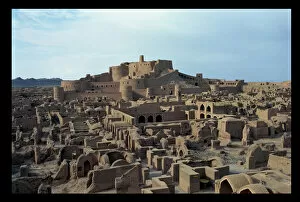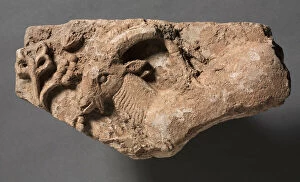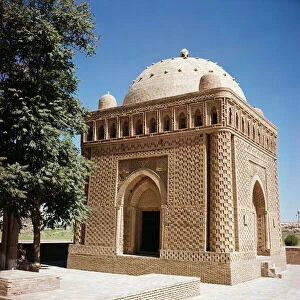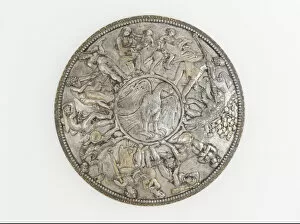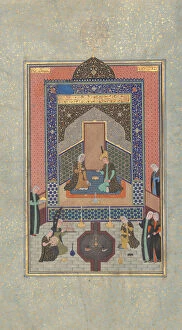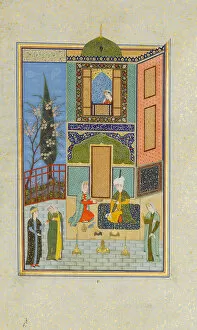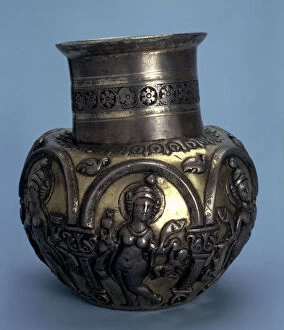Sasanian Collection
The Sasanian Empire, also known as the Neo-Persian Empire, was a powerful and influential civilization that ruled over Iran from 224 to 651 AD
All Professionally Made to Order for Quick Shipping
The Sasanian Empire, also known as the Neo-Persian Empire, was a powerful and influential civilization that ruled over Iran from 224 to 651 AD. This ancient empire left behind a rich cultural and artistic legacy that can still be seen today. One of the most iconic sites associated with the Sasanians is Naqsh-e Rustam, located in Iran. This archaeological complex features rock reliefs depicting various scenes from Sasanian history. One notable relief shows the Roman emperor Valerianus kneeling before Shapur I, symbolizing his defeat and capture during their conflicts. Artistic representations rulers can also be found in illuminated manuscripts like the Khamsa (Quintet) of Nizami. Folio 64 depicts Khusrau seated on his throne, exuding power and authority. Other folios show Bahram Gur in different palaces on specific days of the week, showcasing his legendary adventures. Sasanians were known for their exquisite craftsmanship as well. A silver rhyton portrays a buffalo-slayer goddess, highlighting their religious beliefs and mythological figures. Another artifact is a goblet made of molded glass dating back to possibly the 4th-7th century AD, showcasing their mastery in glassmaking techniques. Architectural wonders like ancient mud-and-clay citadels offer glimpses into daily life during this period. These structures stand as testaments to Sasanian engineering skills and provide insights into urban planning at that time. Coins minted under Sasanian rule are valuable historical artifacts too. Portraits of kings such as Chosroes II and Chosroes I are depicted on these coins, offering us visual records of these rulers' appearances.

